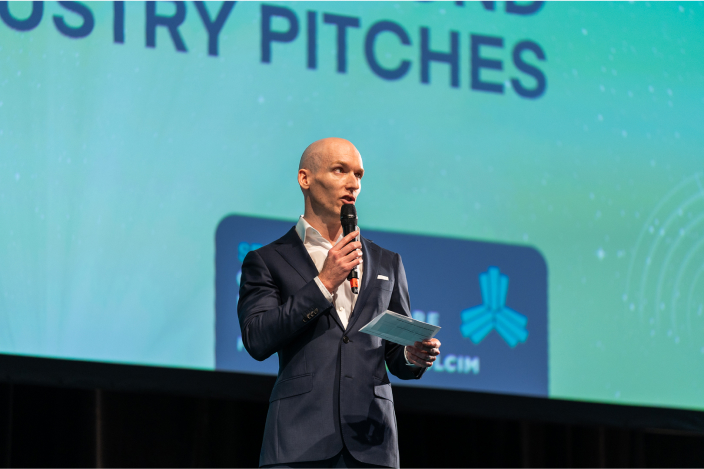August 2025
Losing talent when we need it most
Jonathan Cartledge, Chief Executive Officer, Consult Australia

Here’s a statistic to stop you in your tracks. Around 90% of engineers, architects and scientists are already working on activities that cut emissions across the asset lifecycle.
On one hand, this is exciting. The professions Consult
Australia represents are at the heart of the net zero transformation.
On the other hand, it’s a wake-up call – because the firms that employ these professions are currently scaling back their workforces where infrastructure
pipelines have contracted and future projects remain delayed or uncertain.
This tension is laid bare in Delivering Net Zero Infrastructure: Workforce Report, launched last week by Infrastructure Australia and Infrastructure Net
Zero, under the auspices of the Australian Sustainable Built Environment Council. As Chair of Infrastructure Net Zero, I have been proud to see this work deliver a new evidence base to inform workforce planning.
For the first time, we have
a collective picture of what it means to be part of the “net zero infrastructure workforce”. Right now, 130,000 workers, spanning 36 occupations, are engaged in decarbonising infrastructure projects.
Professionals like engineers
and architects are making some of the greatest contributions, thanks to their influence at the design and planning stages, when most of the emissions impact is locked in. With only half of today’s workforce contributing directly to net zero
outcomes, the opportunity to bring the rest of the sector on board is immense.
The timing of this report matters. Where there is a lack of certainty of confidence in infrastructure pipelines, engineering, consulting and design firms are
letting talent go. Investment in energy infrastructure is projected to increase six-fold over the next five years. But without these projects hitting the ground, the certainty to employ the teams needed is lacking.
Net zero infrastructure
is a decades-long task. Infrastructure and buildings already account for almost a third of national direct carbon emissions, and indirectly for more than half. If we don’t plan the workforce transition now, we’ll miss the opportunity to
build the capability we need.
Thirteen public and private organisations are already collaborating under the Infrastructure Net Zero banner to address complex workforce challenges.
But the biggest challenge is simple: lose capability
now, and we lose the people we’ll need tomorrow.